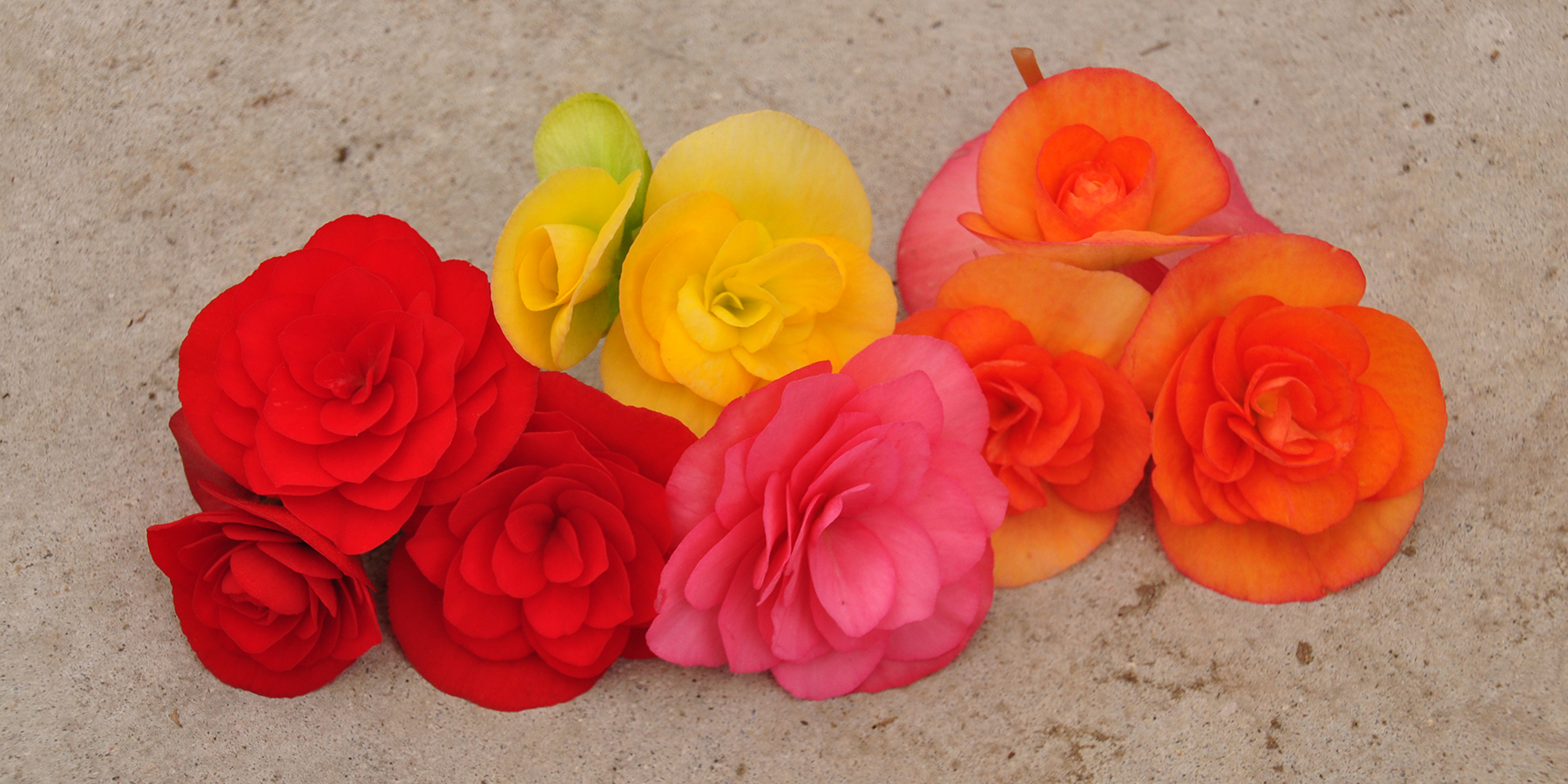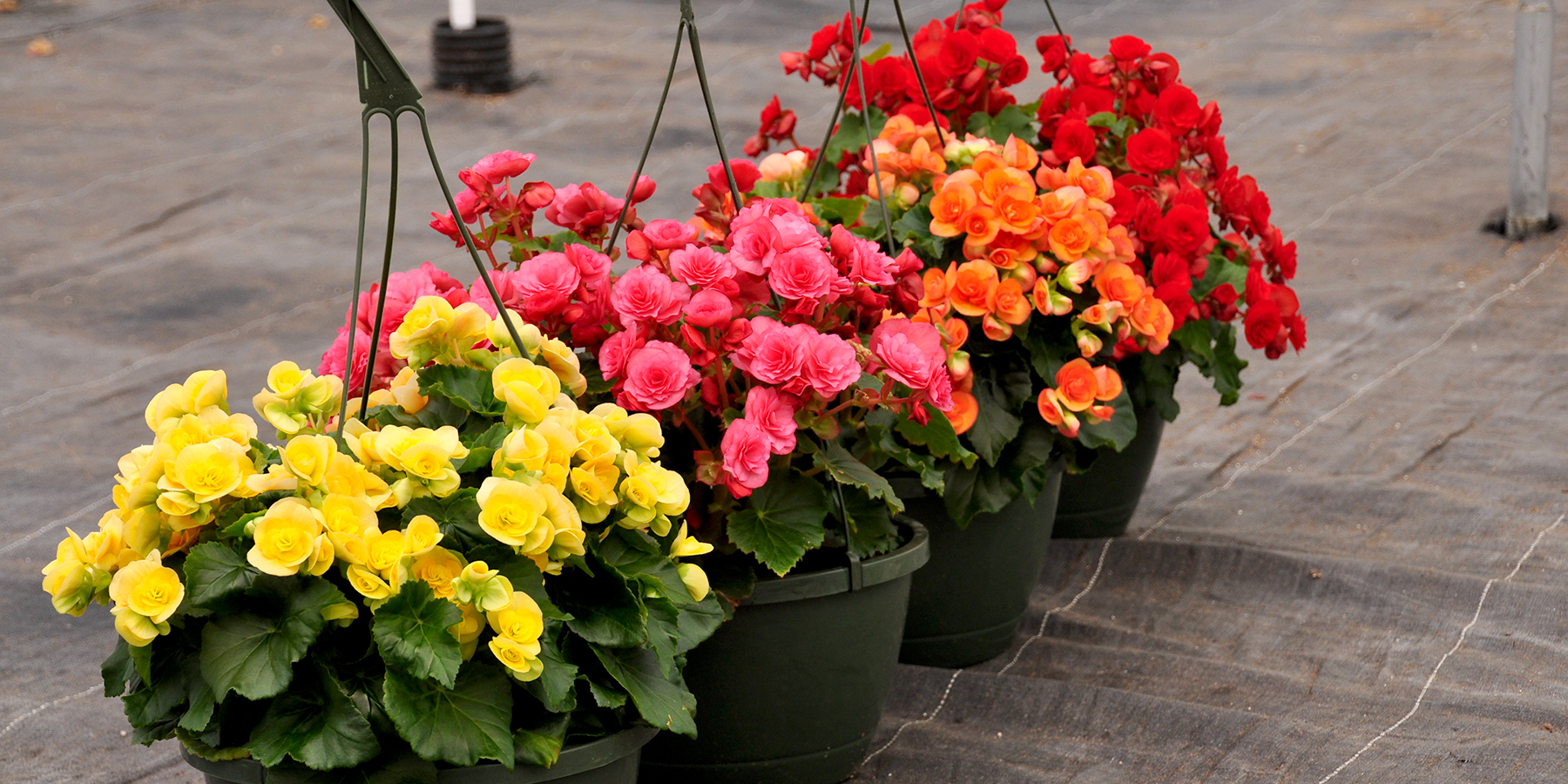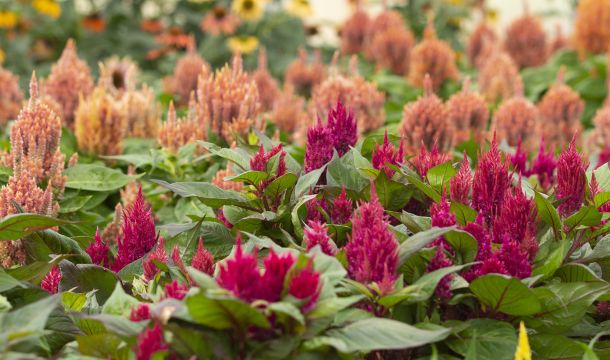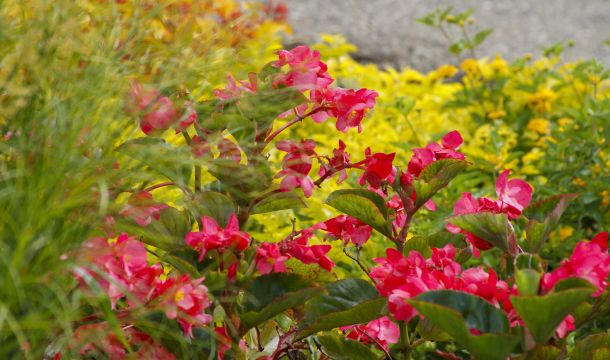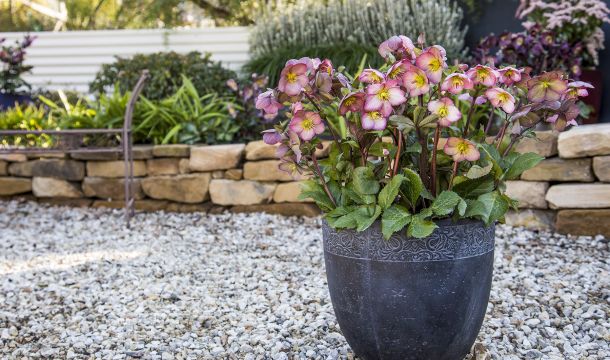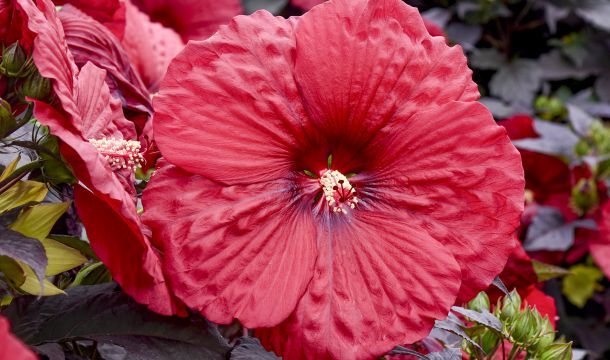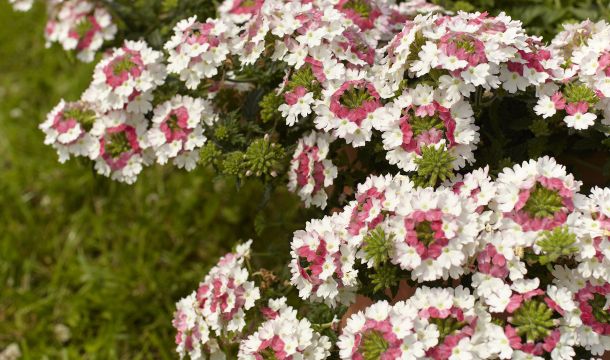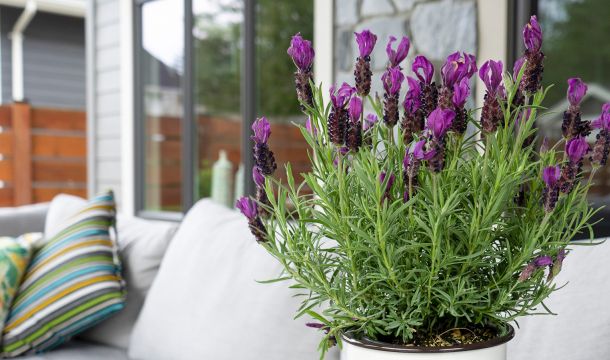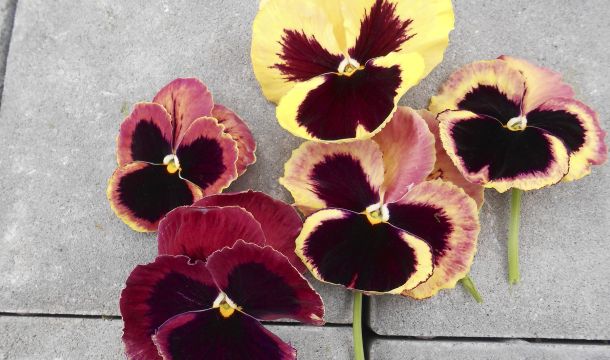The Rieger Begonias
Riegers are famous for those blooms, so it is not hard to see why they have such a dedicated fan base. A display in its prime says it all—anything beside the flowers just becomes a detail. A blend of the tuberous and wax Begonia, Rieger pulls traits from both worlds. Like the tuberosas, Riegers have dramatic blooms in bright, vivid colors, usually in doubles that bear a striking resemblance to roses. Like the wax Begonia, they sit more upright on stiffer stems, hold up better in outdoor work, and bloom for a longer time. To play off their strengths, it is important to remember a few things about Riegers.
This is why Rieger Begonias have such strong devotees.
The Job They Perform
These Begonias are densely clustered plants with multiple stems and leaves. They build a thick, solid core about 12 to 18 inches in height that serves as a foundation for lots and lots of rose-like double blooms that hang heavy on the plant.
All the drama turns out to be flexible. Riegers can be grown as container plants, massed together as bedding plants, or purchased in hanging baskets. In many ways, their blooms have become a signature of spring and a treat that greets us cheerily. That’s the Rieger’s true purpose, to deliver the wow—on your bench, in your beds, or through your displays.
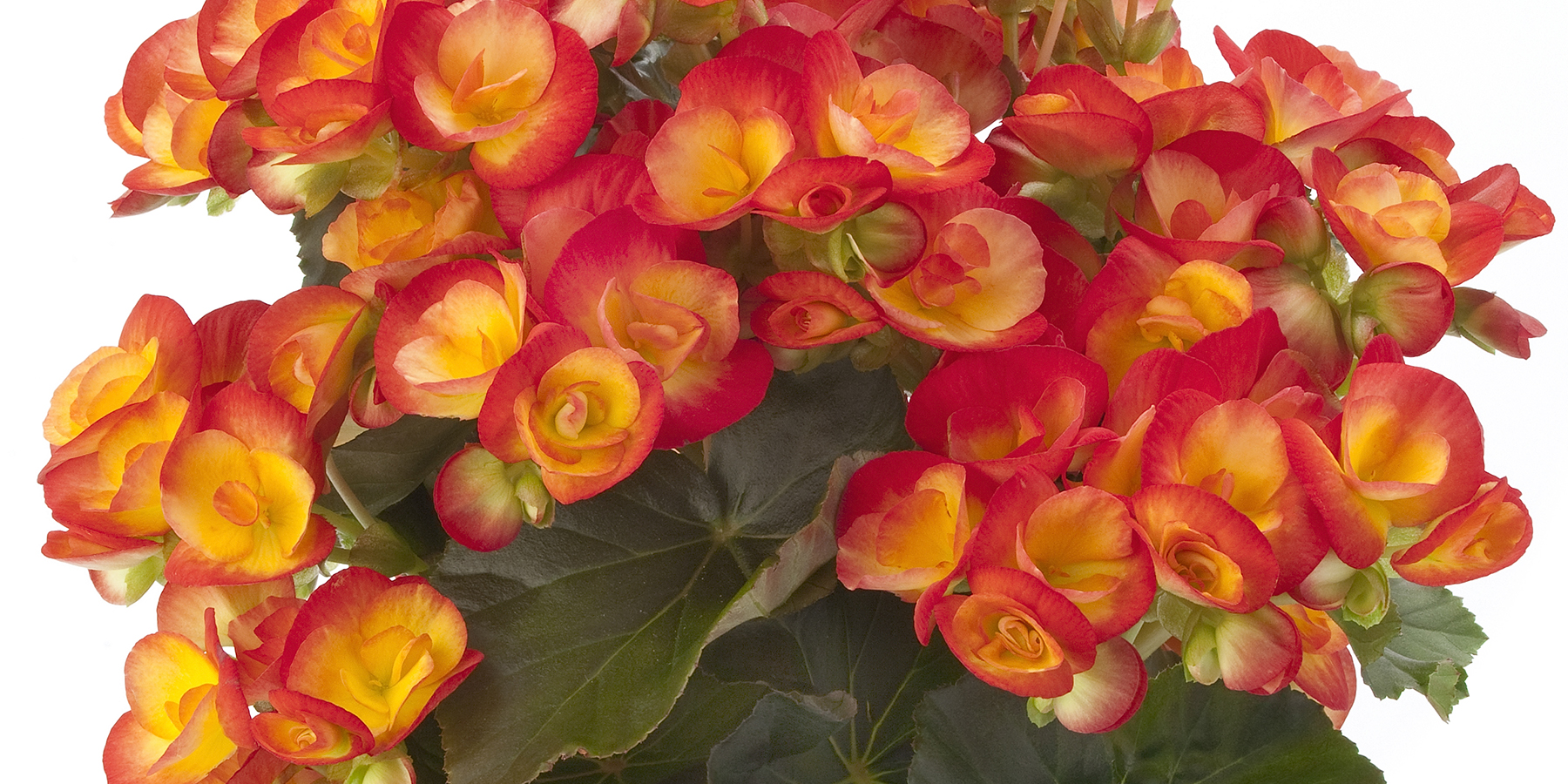
‘Carnival’ is the bicolor one—notice that the center is more open.
Some Cultural Tips
Riegers definitely have a sweet spot when it comes to temperature—they like it between 50°F at night and the mid-80°s during the day. Basically, if you like the weather, they do, too, and if you suffer, they suffer with you. This is why good shade is important. Riegers can handle light at the beginning and end of the day, but keep them away from the noonday sun. If the leaves turn coppery in color, the plant probably has too much sun and needs to be moved toward the shade.
If you want to expand your season of gorgeous blooms, the trick is to combine them with tuberosa Begonias. They have very similar blooms, but that temperature issue is an important detail. Since Riegers tend to like it cool, they can start off the season. However, tuberosa Begonias tend to like it warm, so they last through the summer. The two Begonias meet in the middle during the comfortable months. By interplanting them, you can keep that rosy Begonia look going for much, much longer.
‘Nadine’, ‘Netja’, ‘Dark Britt’ and ‘Red Baron’ lined up to ship.
Another cultural tip is scheduled water—not too much and not too little, but right down the middle. Note that Riegers have a problem with puddles. Root rot is an issue, so they require garden soil that drains well. They also have a strong preference for shady places, so avoid placing them in direct sunlight.
Believe it or not, the Rieger Begonia got its start as a Christmas product because it was a winter-blooming Begonia. The indoor houseplant trade adopted it first, but as breeders developed everblooming varieties the Rieger shifted into the spring market where the generous and vibrant blooms were a springtime hit. Riegers are now considered a hallmark of the season, and a special treat when they are grown in baskets.
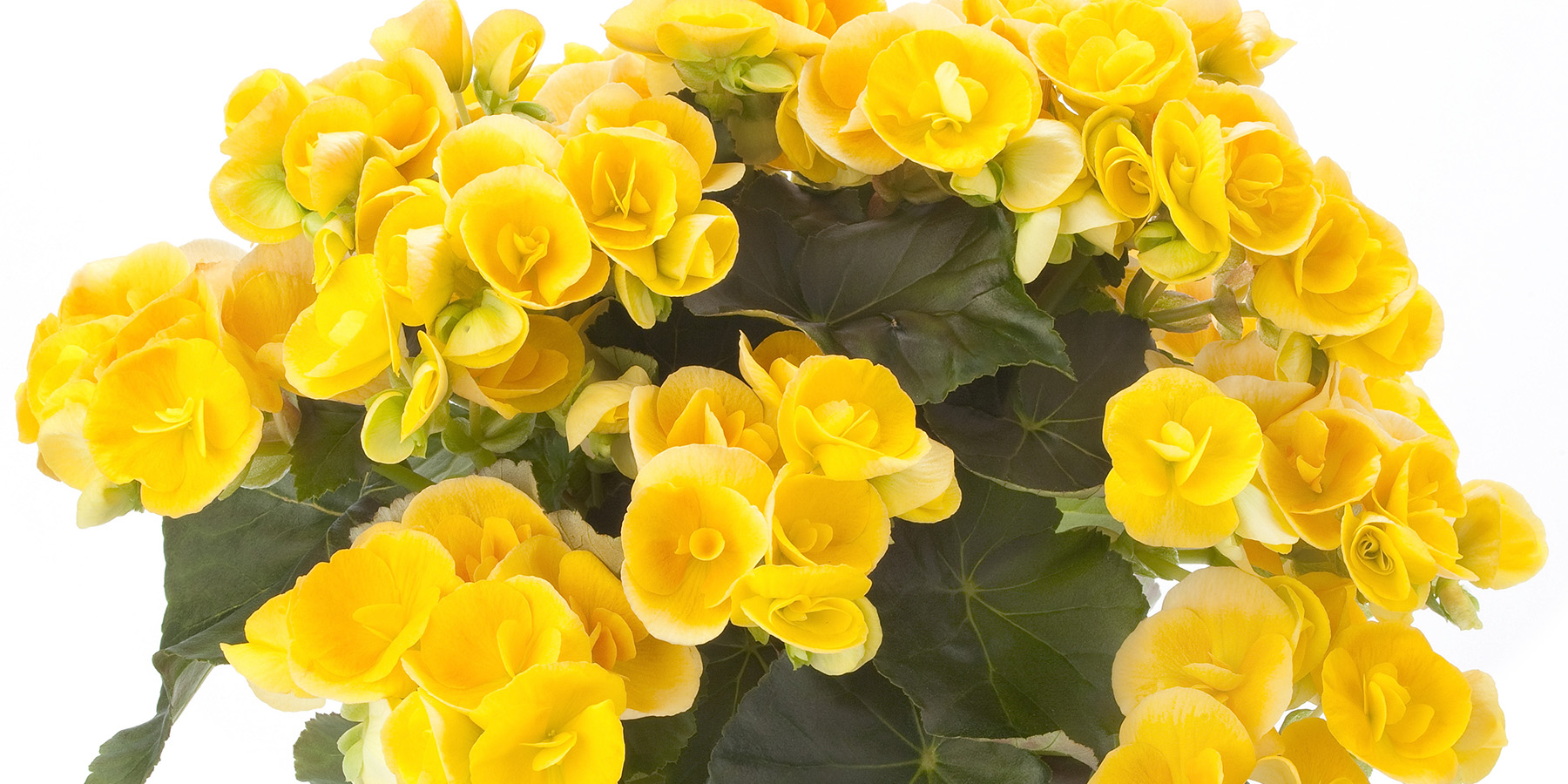
‘Nadine’ is the bright yellow one.
Selecting the Right Size
Our Riegers are grown for retail, landscape, and container work. They grow quickly to their mature size once they are set in position, so we offer them in 4-inch pots. We also recommend the mature plants in 10-inch hanging baskets with blooms that hang and drape in the classic style.
To help you select a color, we’ve put together this handy color-to-name conversion chart:
- Orange = ‘Dark Britt’
- Yellow = ‘Nadine’
- Bicolor Orange and Yellow = ‘Carnival’
- Rose = ‘Netja’
- Red = ‘Red Baron’
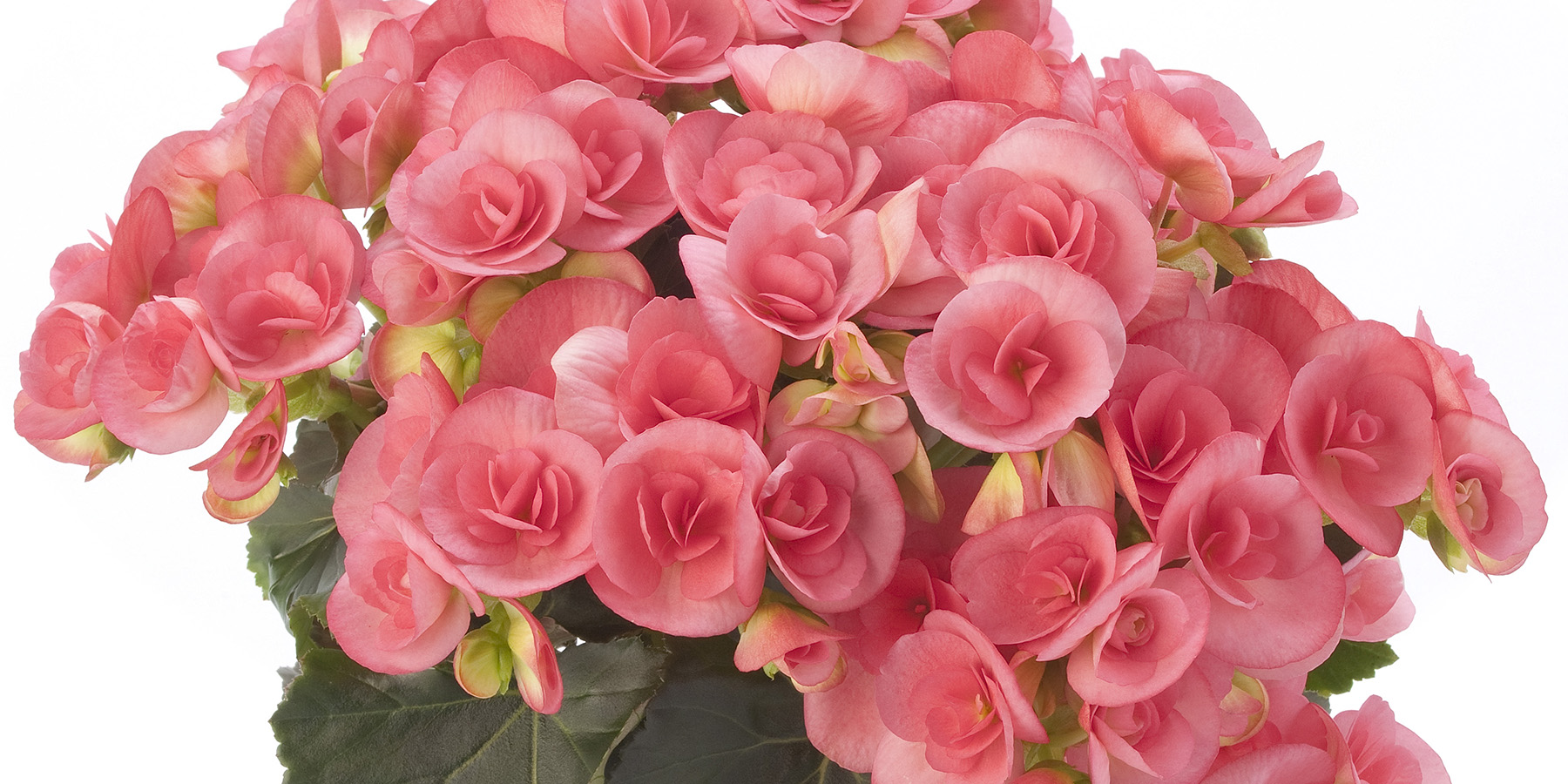
‘Netja’ is a firm rosy pink.
Popular Articles

